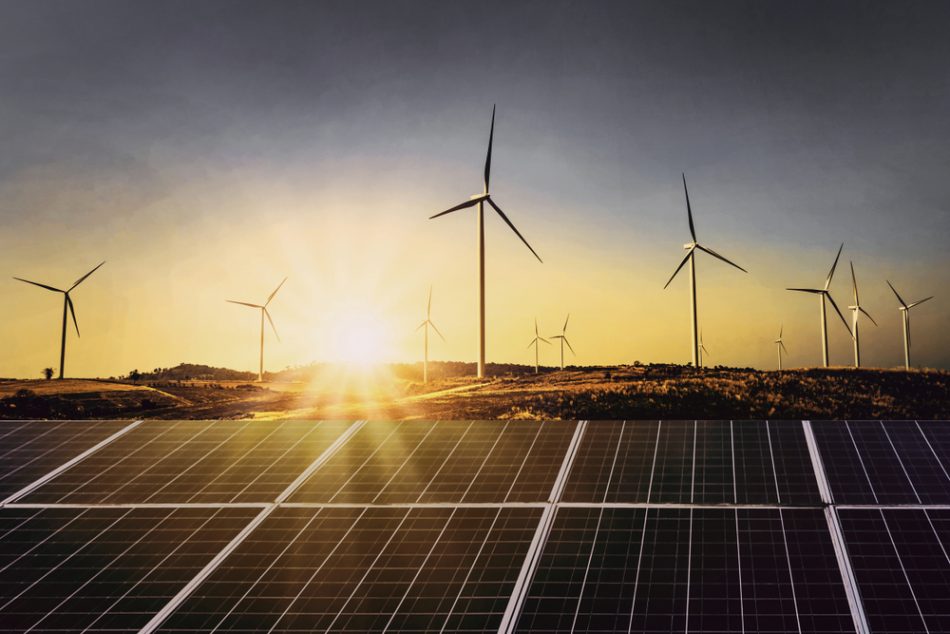17 states plus Washington, D.C., and Puerto Rico have set goals to achieve entirely clean energy power systems by 2050 or sooner. In encouraging news, a new report, titled “Halfway to Zero,” has found that power sector emissions in the US are already half what they would be without the adoption of renewable sources.
A “business as usual” projection from 2005 found that power emissions would rise from 2,400 million to 3,000 million metric tons from 2005 to 2020, but the new report details how emissions have actually fallen to 1,450 million metric tons – 52 percent below projected levels.
This drop in emissions is thanks to policymaking, new renewables technology, and consumer adoption of this technology. Advancements such as LED lights and effective solar panels, coupled with increased consumer awareness about energy usage made a big impact on the lowered emissions.
Reduced energy from coal was also highly influential. It not only helped lower air pollution but also reduced premature death from power-sector-related emissions from 38,000 to 3,100 per year. Plus, job loss due to this drop in coal was more than offset by increased jobs in the solar sector.
So how can we eliminate the remaining 50 percent? To achieve a zero-emission power sector by 2035, a goal outlined by the current US administration, wind, solar, and battery technology will need further expansion as well as storage and transmission infrastructure to transport this power across the country. Fortunately, systems like the National Renewable Energy Laboratory are providing a blueprint for zero-emissions grids, and continued advancements in the renewables sector are making an emissions-free power future a real possibility.












